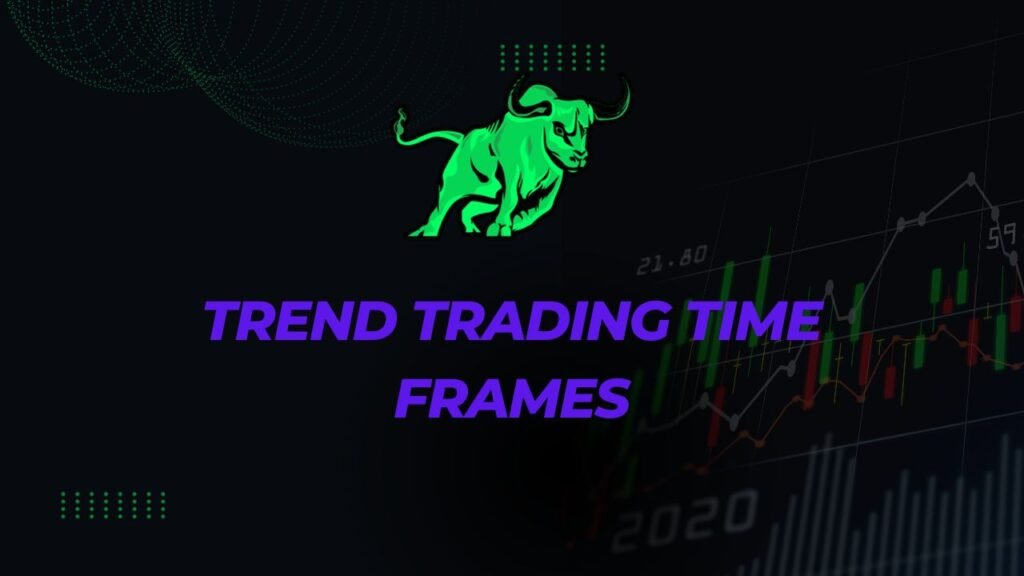
In the dynamic world of trading, understanding the concept of time frames is a cornerstone for trend traders. The time frame you choose can significantly impact your trading strategy and decision-making process. Let’s explore the nuances of trend trading time frames, using markdown formatting to enhance clarity.
1. Short-Term Trends (Intraday Trading)
Breaking down information with short sentences:
- Time Frame:
- Minutes to hours.
- Key Characteristics:
- Rapid price movements.
- Requires close monitoring.
- Suitable for:
2. Medium-Term Trends (Swing Trading)
Tables break up information effectively:
| Time Frame: | Hours to days. |
|---|---|
| Key Characteristics: | – Moderate price swings. |
| – Trades held for several days. | |
| Suitable for: | – Swing traders looking for mid-term opportunities. |
3. Long-Term Trends (Position Trading)
Bullet points highlight key considerations:
- Time Frame:
- Days to months or even years.
- Key Characteristics:
- Gradual price movements over an extended period.
- Requires patience and a broader market perspective.
- Suitable for:
- Investors and traders with a long-term outlook.
How to Choose the Right Time Frame
Use a list to simplify information:
- Consider Your Schedule:
- If you can dedicate ample time daily, intraday trading might be suitable.
- Define Your Goals:
- Short-term traders seek quick profits; long-term traders focus on sustained growth.
- Risk Tolerance:
- Short-term trading can be more volatile, requiring a higher risk tolerance.
Advantages of Aligning with the Trend
Bullet points effectively communicate key points:
- Increased Probability of Success:
- Trading in the direction of the trend enhances the likelihood of profitable trades.
- Reduced Stress:
- Following the trend reduces the need for constant monitoring and decision-making.
- Clearer Market Direction:
- Trends provide a clearer picture of market sentiment and direction.
Common Pitfalls to Avoid
Short, snappy sentences enhance readability:
- Chasing the Market:
- Entering trades late in a trend increases the risk of losses.
- Ignoring Multiple Time Frames:
- Focusing solely on one time frame may result in missed opportunities or incorrect signals.
- Overlooking Fundamental Analysis:
- Trends should be supported by fundamental factors for more robust trading decisions.
Conclusion
Sum up the key takeaways:
- Adaptability is Key:
- Traders can switch between time frames based on market conditions.
- Combine Technical and Fundamental Analysis:
- A holistic approach strengthens trend trading strategies.
- Continuous Learning:
- Stay informed about market dynamics to refine your approach.
In the realm of trend trading, choosing the right time frame is akin to selecting the right lens for a camera. Each frame provides a unique perspective, and mastering their use empowers traders to capture profitable opportunities in the ever-evolving financial markets.